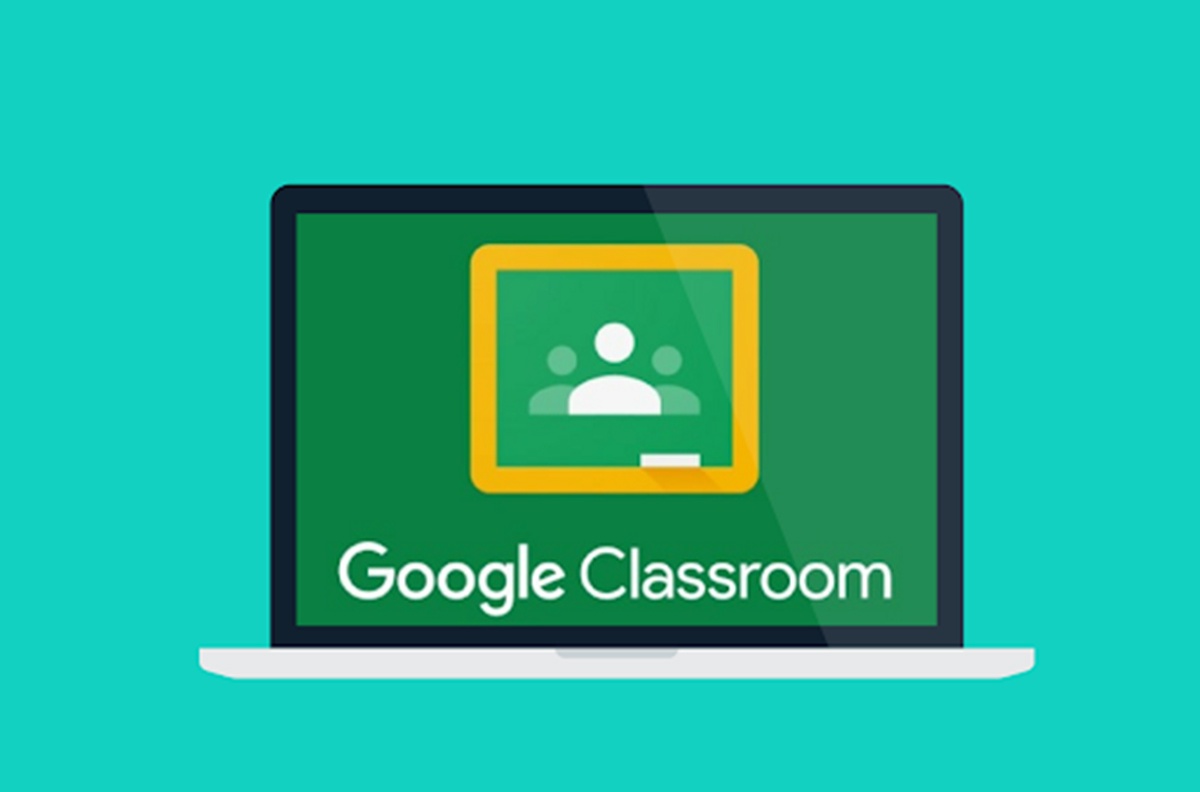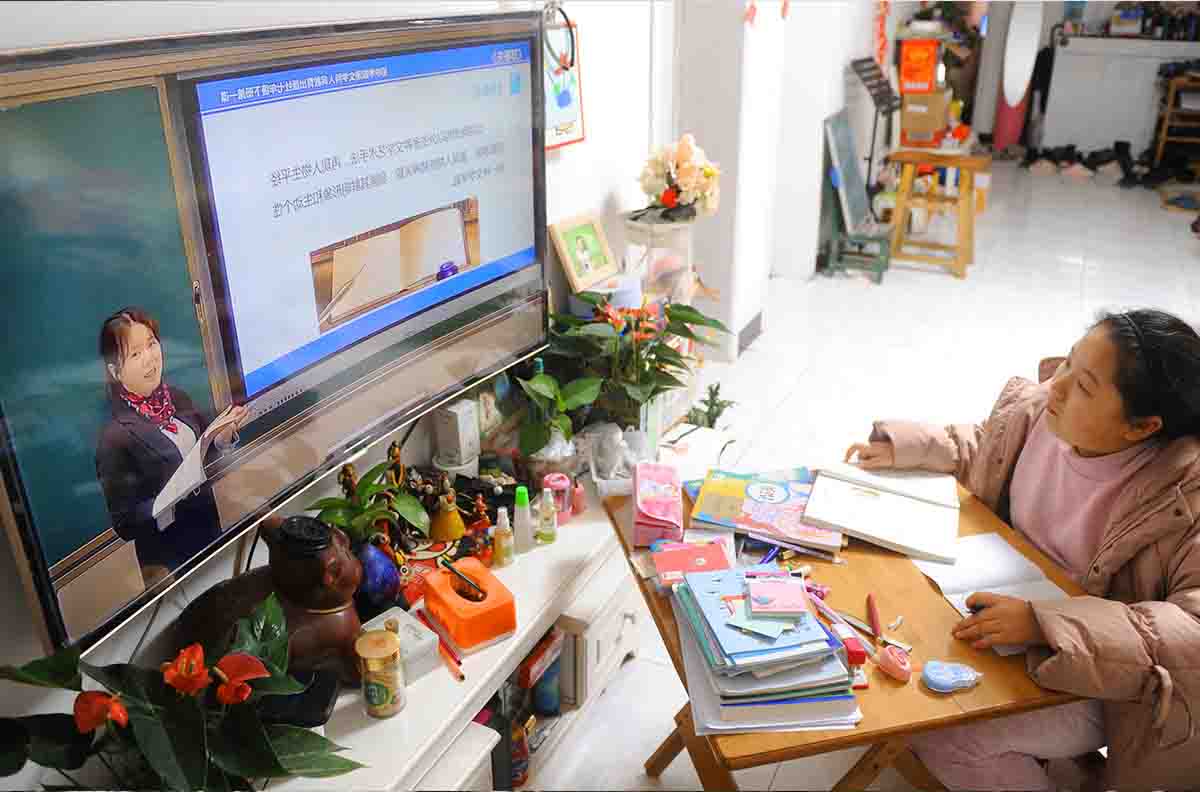The world is revolutionizing with the help of new technologies. The education sector has made use of these advancements, now we have everything online from books to PowerPoint slides. Students and businessmen use these resources alike. Thus, Computers and smartphones have opened new ways of learning. The trend of e-learning is becoming popular due to the increase in the number of e-libraries. Almost all the books are now available for access on the internet. Audiobooks are available online so you can listen to lectures and even books.
Most of the educational institutes now use a mix of online teaching software and old classroom practices to formulate a blending system of education.

What is blended learning?
Hybrid or Blended learning is the term that defines such a teaching approach which includes face to face learning and online software and libraries.
In this text, we are going to discuss the types of blended learning and the benefits of blended learning. If you are curious about e-learning, then continue reading.
What is a blended learning approach?
Blended learning courses are mainly taught in the classrooms, but the students are also given access to digital resources for individual learning. These e-learning resources are open for students all the time. They can access them whenever they want.
Students that are taught through this approach usually have rich educational experience as compared to the students subjected to only the old classroom teaching method.

Why this approach?
Blended learning destroys the walls that traditional education methods have created for students. In addition to this, the other main benefits of blended learning due to which this method of learning is becoming popular are:
- Students get exposure to new tools. As a result, they learn how to use them.
- This method allows the tutors to deliver knowledge in such a way that it meets the requirements of every student as each student has different strengths.
- As a result, students can access the courses anywhere and at any time.
Types of blended learning
Schools and other institutes tend to different models of blended learning according to the need and age group of students.
They choose from these 6 types of blended learning:
-
Face-to-Face driver
This model uses blended learning for some specific students in a class. Students are exposed to this approach as they are lagging in their learning process. Moreover, the e-learning method is added at the back of the classrooms to assist the teachers in teaching.
The face-to-face driver model is almost the same as the conventional method of teaching.
-
Rotation
As the name suggests this type of blended learning includes rotation between physical classes and e-learning.
The students must take online as well as face to face classes as per their schedule. Most of the elementary schools in the USA that uses blended learning follows the rotation model.
-
Flex
In the flex model, all the material is provided online to the students. This includes all the lectures, recommended books and slides. However, teachers are always available in the online classrooms to assist the students whenever they need them.
This model aims at the self-learning of students. It allows students to gain new concepts. They learn new things on the digital platform. In addition to this, the teachers arrange small group sessions or classes to solve any query that the students might have.
-
Online lab
Online labs provide students with a place in their schools where they study and learn online taught courses. The students must come to the lab classes to access these courses.
Adults who are not necessarily teachers supervise these labs. Moreover, the online lab model of blended learning allows the schools to offer such courses for which the faculty is not available or limited.
-
Self-blend
Students take self-blend leaning to clarify their concepts and gain additional information about the subject that they take at their respective institutes.
Self-blend is most popular in high school students. These students also take their old-style classes at school. Such young people are highly motivated. They want to learn things that are skipped in their school lectures.
-
Online driver
The institutes that follow the online driver model provide all the teaching material online for the enrolled students. This model is opposite to the face-to-face model. In contrast to the face-to-face model, going to the teachers in person is optional as students can contact their teachers online for help.
This model gives the students more freedom and flexibility in their routines.

Advantages of blended learning
Blended learning provides various advantages for both the teachers and the students. Following are some of the benefits of blended learning:
- Easy access for the students at any given time.
- Saves time and energy of teachers.
- The students can learn more about the subject from across the globe knowledge as they are independent of their teachers.
- Online quizzes and different approaches allow students to learn in a fun way.
- Everyone can learn at their speed.
- More flexibility and hence less stress and burden which in turn boosts the learning process.
- More discussions and online interactive sessions with students of different communities through chat rooms and emails.
- It provides students with a sense of self-motivation.
- They can track their progress easily.
- These online courses support face-to-face classes.
- This method is also less costly.
- Through this method the chances of teacher-student interaction increase.
- Healthy face-to-face discussions after online courses give the students a better understanding of the topic.
- This keeps the students more engaged in their courses.
- Due to the exposure to global knowledge students develop a sense of curiosity. This urges them to ask questions and clarify their doubts.

Disadvantages of Blended learning
Where there are many benefits of blended learning, it also has some disadvantages. The challenges faced while implementing E-learning are:
- Technology dependent: This method of learning makes use of the latest software. This limits it to only those people who know how to use new technologies. Moreover, it requires a computer or smartphone and a strong internet connection.
- Wastage of resources: If the students don’t know how to make use of the technology then the lectures and online courses are of no use. As a result, this affects the goal of the education method.
- Credibility: Generally, the students tend to use easy methods for their assignments and exams. As a result, there is a high risk of copying. It is very difficult to assess the quality of the work in online courses.







